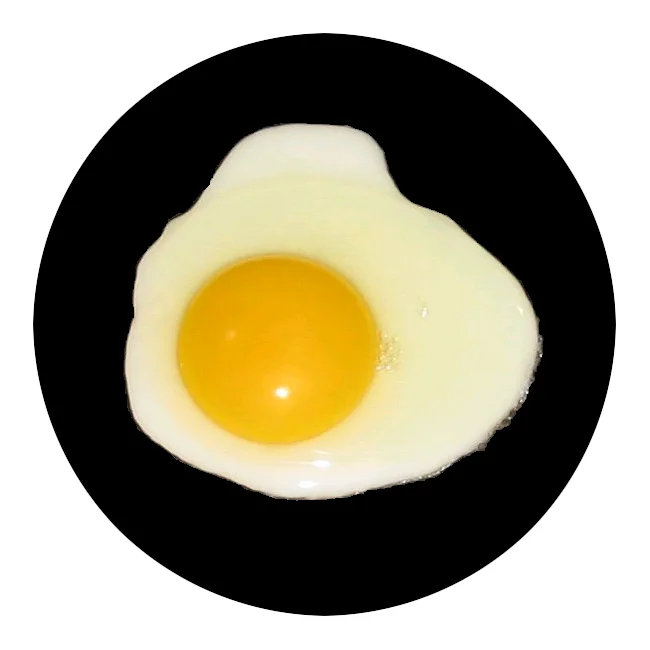Case Studies
GetMaineLobster.com BOGO Offer Sales Up 30.33%
- Goal:
- One of the most popular BOGO offers on GetMaineLobster.com is their Buy 10 Maine Lobster Tails (3-4 oz), Get 10 Free. The client wanted to know if there was a way to convert more new buyers.
- Solution:
- Our core philosophy is that the product page is the most important page. It’s here that the buyer makes the all-important buy/no-buy decision. On the original page, the client had given some basic details about lobster tails. Our idea was to craft the world’s best Maine lobster tails story for this offer.
- Outcome:
- 30.33% improvement.
Backstory
GetMaineLobster.com is an interesting company. They’ve been supplying exquisite Maine lobsters and lobster parts’ experiences across America since 2009. There’s an interesting story behind this.
The CEO, Mark Murrell, was inspired to grow this company (previously a shipping facility) so that Americans across the country could experience what truly great Maine Lobsters and lobster products taste like from oceans-to-dinner tables.
This is how GetMaineLobster.com was born. One of their most exciting offers is the opportunity to buy 20 Maine Lobster Tails for the price of 10.
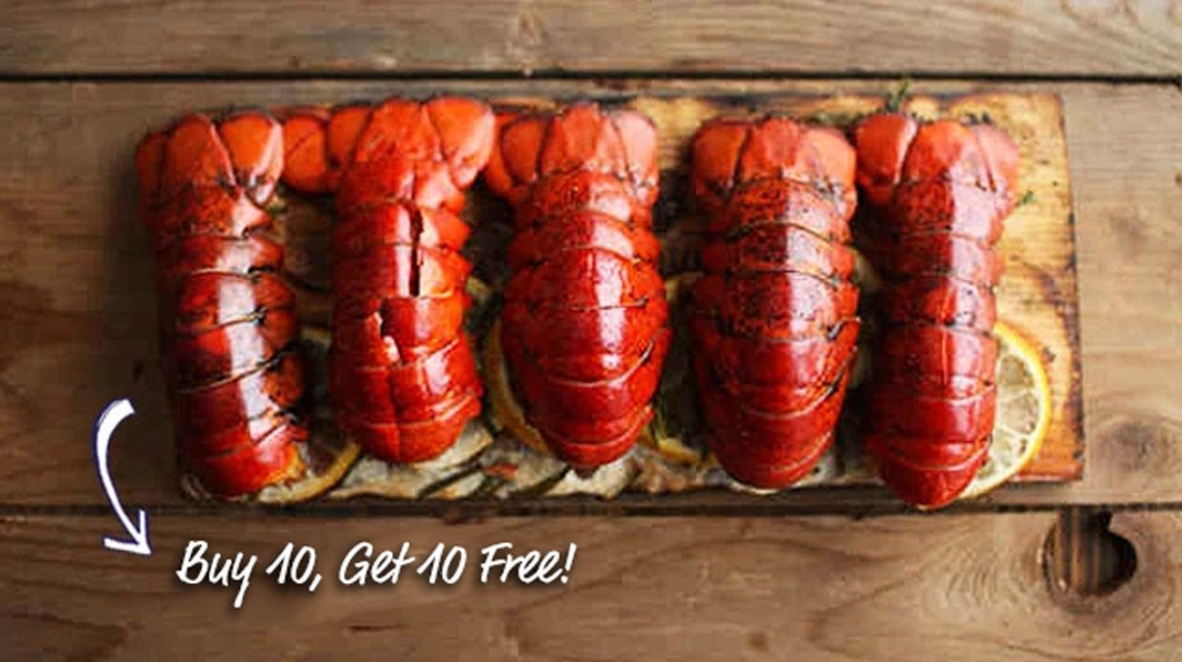
Our Hypothesis
While the product description covered all the details about the product, its packaging and delivery, we felt more could be done to convert shoppers who were interested in this offer but new to the company or the product.
Control
Here is a screenshot of what the page looked like before we got started.
Test Concept
There was no doubt that the product looked delicious and the offer was irresistible.
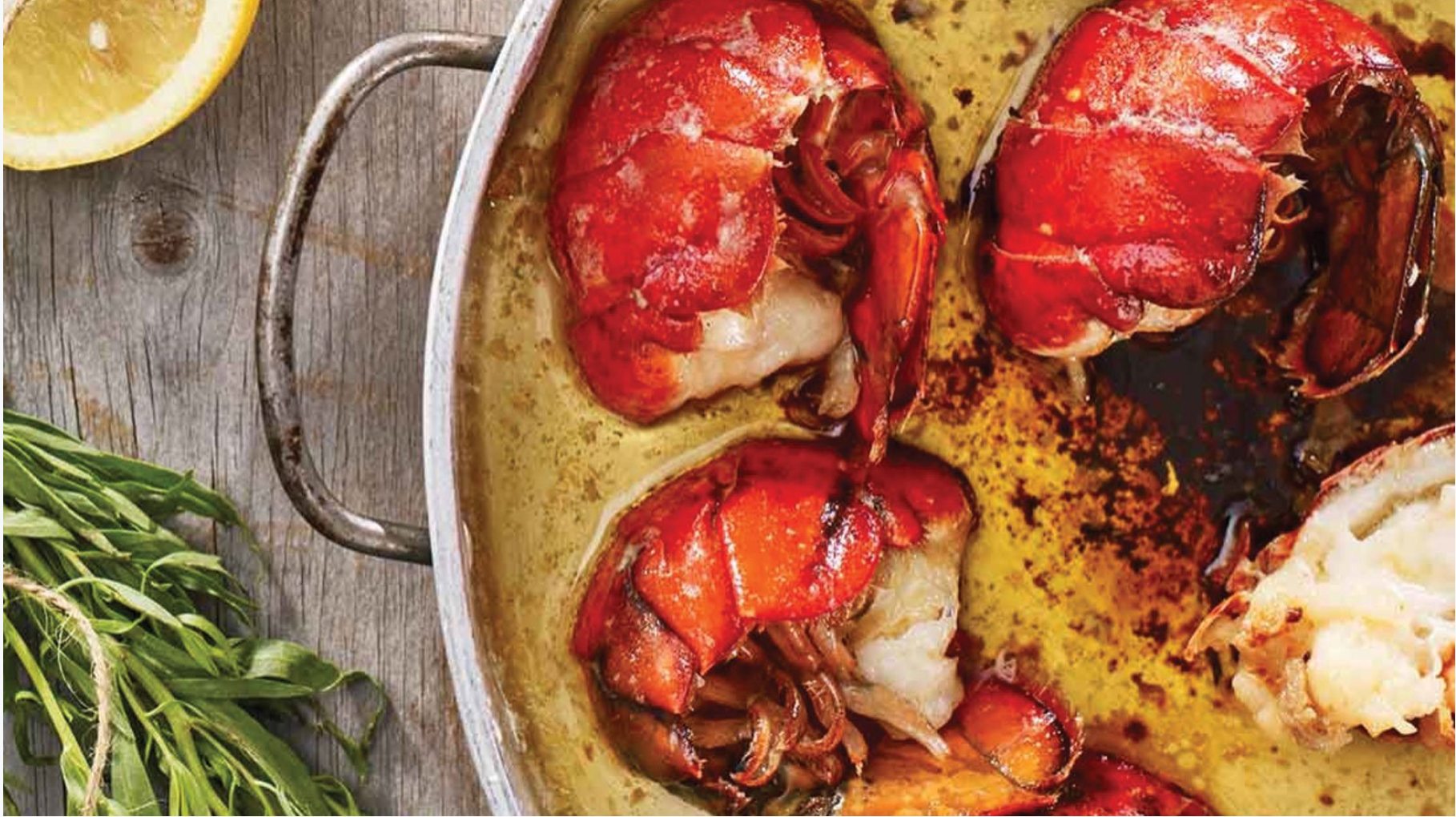
But we didn’t want to rely on discounts to make the sale. Those people were already converting. The challenge was, “how do we convert people who are engaged on the page but just not engaged enough to pull the trigger?”
This, then, was the group we were after.
Turns out, Maine Lobster Tails are quite a remarkable meal. In our client interrogation (before starting the project we pepper clients with hardball questions) we discovered some fascinating details about these tails.
So we totally reimagined how the product story was being told on the page.
Here’s what we ended up with:
Video Walkthrough of Changes We Made
Here are the changes we made:
— In opposition to “best practices” we decided to increase page word count. We didn’t want to limit ourselves to some arbitrary word limit. Our goal was to maximize conversions and there were some really important details that need to be discussed.
— We really drove into the technical superiority of how we conduct our business. Then we talked about our stringent conservation and sustainability commitments. Finally, we explained how having grown up in Maine all our life (Mark’s story) played a big role in understanding what shoppers across America would need.
— In our 9-point conversion copywriting process, point #6 is that shoppers need motivation to break habits. We knew we had two kinds of shoppers: those who prefer buying from their local big box stores and those who continue with their current ways of celebrations. In order to help them get over their reluctance, here’s what we told them:
- for shoppers who prefer buying from their local big box stores: we took them through our process of harvesting a Maine lobster tail and how it gets to their doorstep. When they learn of this process, they can intuitively understand how shopping from their local big box store will give them access to a lower quality product, instead of better quality.
- for shoppers who want to stick to the status quo and continue with their current way of celebrating special occasions (that don’t include enjoying delicious Maine lobster): we gave them insight into the uniqueness and specialty of Maine lobster tails. This helped them understand why they should take the plunge, bring this delicacy into their life, and how it will make their celebrations more special.
With these two combined, they knew it was an opportunity they must not miss.
The beauty of this approach is that it gives power to the reader to make the right decision (that is, purchase our offer) while also knowing that they are making the right choice.
Outcome
Ran the test for 5 weeks and ended up with a 30.33% lift in conversion rates:


Why Our Concept Won
Stories matter. In our quest to remove friction, we sometimes forget the power of storytelling. But not just that, how the story is presented, how the tension is added, how the reveal is made, all matter. You might think that the discount was an important part of conversions. This test concept showed that even discounts or hard-to-believe offers might not be enough for visitors to convert. We have to tell them a compelling story, resolve any negative thoughts they have, and reassure them that this is the best choice for them. This is the reason why this concept won.
More Evidence
%
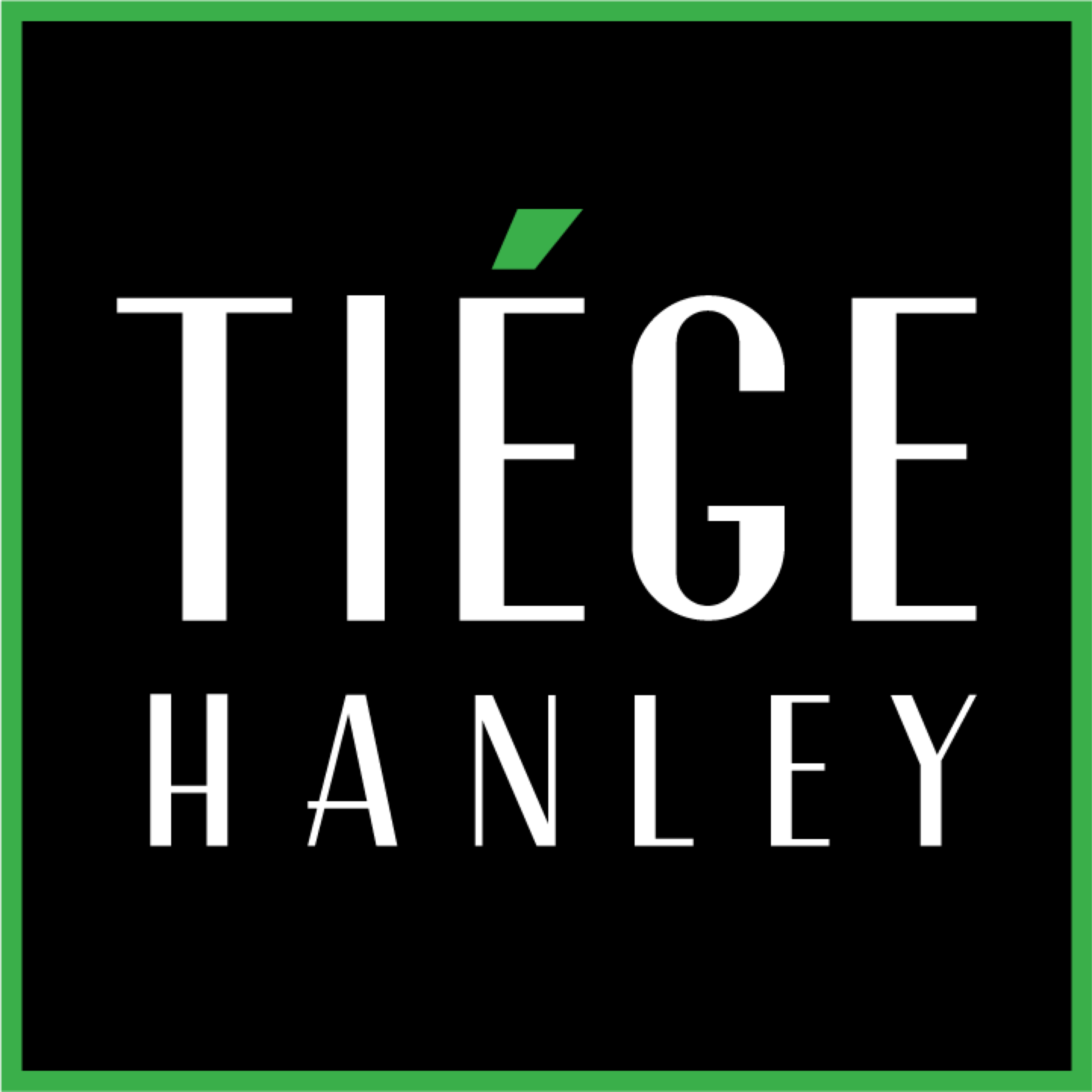
Tiege.com was already doing really well. They wanted to see how much further test to paid search landing page could be pushed.
Read Case Study%
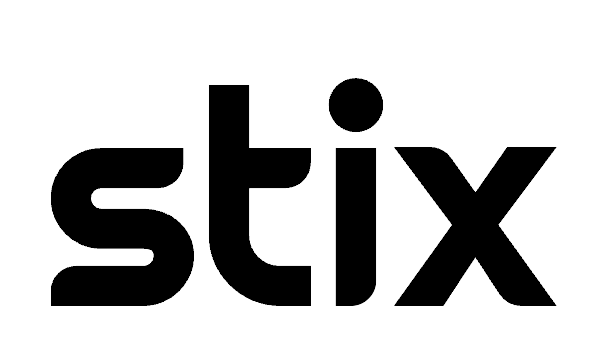
Stix is on a mission to disrupt the golfing game. Consumers don't just buy a new golf club. A lot goes into that purchase.
Read Case Study%

Glemnetic.com is a leader in its space. We wanted to see if we could push conversion rates higher.
Read Case Study%

This client's viral video was driving a ton of traffic to their bestseller page. Our job was to convert that traffic...
Read Case StudyARE YOU OUR NEWEST CASE STUDY?
We are laser focused on the type of client that our methodology and skills will give the highest return on investment and so if you meet our criteria for taking on new projects, we are confident you will see results like these.

